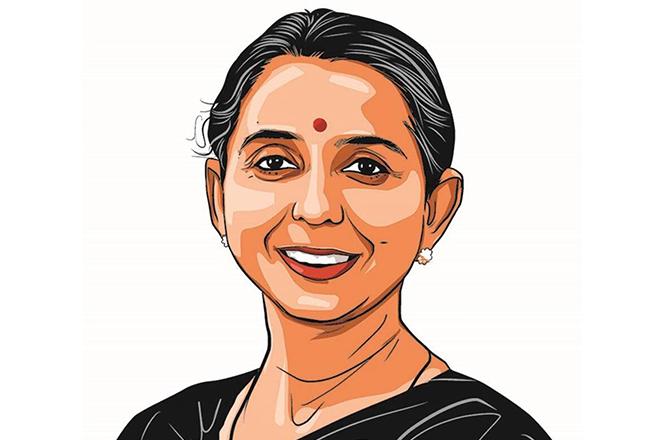Brands recognise that in the long run, customer analytics help develop winning strategies
Today’s customer takes decisions on purchase or recommendations based on a wealth of information he/she has at his/her disposal. Hence, unlike in the past when customer analysis was seen as an important periodic activity by consumer brands with industrial brands not giving much attention to this activity, today customers of every product or service are very engaged and have an active interaction with the businesses. Customer analytics helps understand the profile and buying behaviour of customers on the basis of insights drawn from each transaction—whether or not they have closed a purchase. It is closely linked with the core functions of the business towards customers – acquisition, engagement, retention and revenue generation.
What essentially was considered once as the bastion of new-age tech companies, has become the prime focus of every business. Today customer analytics has been recognised by every category of business as the essential growth engine – be it big or small, born digital or born as a brick-and-mortar venture, irrespective of the sectors that they belong to. The customer analytics market size is projected to grow from $10.5 billion in 2020 to $24.2 billion by 2025, at a CAGR of 18.2% during the forecast period as per the Report of Markets and Markets. It’s the combination of two key factors that are driving this—maturing trends in technologies around applications of Artificial Intelligence (AI) and the increasing desire of marketeers to understand customer buying behaviour.
Customer analytics framework is drawn up by mapping customer journeys, identifying different touchpoints—such as websites, social media, specific contests, instore visit, blogs and others and defining the nature of outcomes expected— descriptive, predictive, prescriptive or diagnostic. Customer analytics helps increase response rates, customer loyalty, decrease attrition by predicting customers who are mostly to leave and recommend the right proactive methods for retention and deliver the right message to each of the target segments. Further, the cost per conversion can be dramatically and the overall advertising costs could be brought down considerably by focusing on specific segments of customers and by having a targeted messaging and strategy for each of these segments.
Harley Davidson is a well-recognised brand today which has a keen set of followers who are emotionally connected with it. The company which was on the verge of calling it quits in mid 80s has seen a resurgence in its business due to the loyalty of its customers which has been assiduously cultivated through Harley Owners Group where customers across the world connect and share their experiences. Hence, it’s not just the brand value, it’s the shared value of customers that needs to be understood and harnessed to be able to grow the affinity for the brand resulting in the success of the business.
Several Indian brands are making an attempt to build such communities as they recognise the importance of influencing the communities who are likely to have common characteristics. Brands also recognise that in the long run, customer analytics of both the groups as well as individuals would be important to be able to develop winning strategies.
Originally appeared in Financial Express


